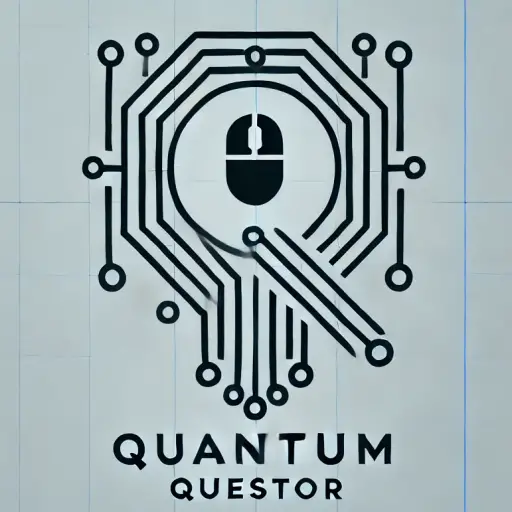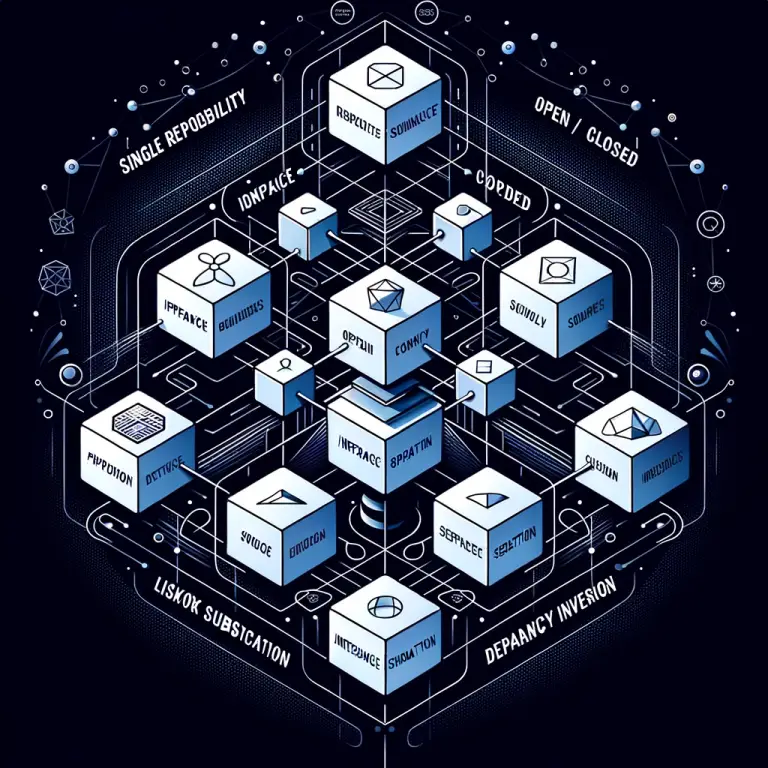Title: Exploring the World of AI-Assisted Painting
Introduction
Art and technology have often intersected throughout history, leading to innovation and new means of expression. In the 21st century, this intersection has resulted in AI-assisted painting–a groundbreaking fusion that fuses the emotive flexibility of art with the precision of artificial intelligence. AI-assisted painting is changing the game in the art world, inspiring new perspectives on creativity, imagination, and the understanding of art itself.
Main Content
What is AI-Assisted Painting?
AI-assisted painting refers to the use of artificial intelligence technologies to aid in the creation and development of artwork. It involves the use of AI algorithms that learn from a database of thousands of previous artworks and use that learning to generate new, unique pieces. Artists can command these technologies to create a specific style or theme, allowing the AI system to provide a new perspective on art generation.
How Does AI-assisted Painting Work?
The primary technology behind AI-assisted painting is machine learning—particularly a subtype known as a Generative Adversarial Network (GAN). The GAN comprises two parts, the Generator and the Discriminator. The Generator creates images and learns to refine them based on feedback from the Discriminator, which is trained to distinguish between real paintings and AI-generated paintings.
Applications of AI-Assisted Painting
AI-assisted painting has found use in various fields including entertainment, tourism, education, and healthcare. For instance, studios use AI painting tools to create concept art or textures for movies and video games. In education, schools use it to ignite students’ creativity and teach them about history and variation of art styles.
Benefits of AI-Assisted Painting
AI-assisted painting presents numerous benefits, from increased accessibility to the democratization of art. With these technologies, there is no need for physical art supplies, thus reducing the barriers to entry in the art world. Despite the initial investment, it becomes cheaper in the long run. Furthermore, AI-assisted painting allows for endless experimentation in the comfort of a digital space.
Criticism of AI-Assisted Painting
However, like with all new technologies, AI-assisted painting isn’t without its criticism. Detractors argue whether works created by AI should be considered art since they lack the emotional depth and personal expression that comes from human-made artwork. Some people fear that AI may replace human artists altogether.
Conclusion
As we can see from our deep dive into AI-assisted painting, this new technology presents a compelling intersection of art and technology, fostering a new era of creativity. It democratizes art production, makes it cheaper and more accessible, while also opening new realms of creative possibilities. However, it is essential not to lose sight of the human factor that makes art so diverse and emotionally resonant, and to focus on how to enhance human creativity, rather than replace it. AI-assisted painting has started a conversation about the nature and definition of art itself. This conversation will likely continue and evolve as technology advances and permeates more areas of our lives.

